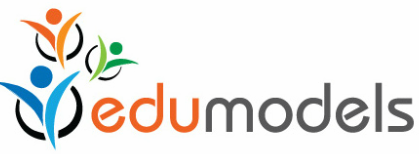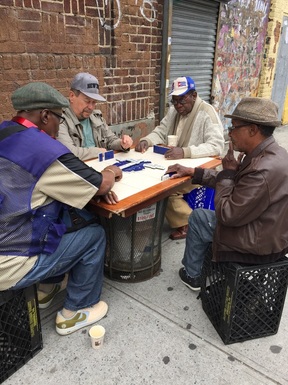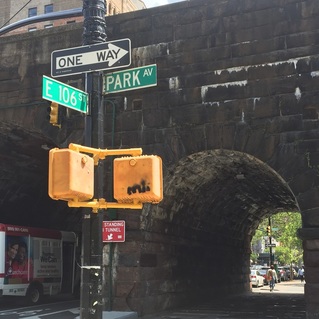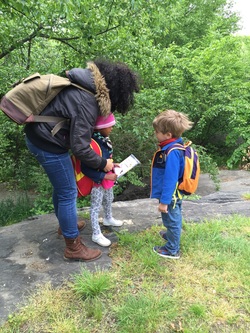|
As I continue my project of interviewing inspiring educators across several contexts and countries, my most recent adventure was in New York, where I visited programs ranging from a publicly funded school for girls in Washington Heights, to a sweet little independent alternative in East Harlem. As I traveled from the southern end of Manhattan in "Fi Di" (the financial district), through midtown, uptown to Harlem, then to Washington Heights, I was struck by the contrasts I experienced: skyscrapers in Fi Di versus tiny delis in Washington Heights ("Sigue mami!! Coffee?"); sleek high end shops vs piles of garbage on street corners; men in suits blankly staring past homeless people on subways; and my range of friends from freelance artists to those working at the UN. All of these contrasts helped to frame the context of each of the schools I visited, to better understand how schools served their communities. The primary goal of the all-girls leadership school I visited was to help every single student get into college. Many in the alternative space would scoff at that, explaining how grades are outdated and how college shouldn't be the end goal of high school education. (I know this, because I argue against grades all the time!) But after seeing these confident girls in action, giving us a tour, presenting at the school "STEM" fair, mentoring younger students, you realize the danger in confusing the means with the ends. Getting into college is a ticket to opportunity for these girls, to jobs and experiences that they or their families would not access otherwise. When you pay attention to the inequalities inherent in our economic and social systems, you understand why navigating these systems still matters for the vast majority of people. Why context matters. On the other end of the spectrum, the small independent alternative focused on a democratic approach, where students are actively involved in deciding what they will learn. They participate in two outdoor days every week (I was there on a day in Central Park with a naturalist). This model felt like a breath of fresh air. Here too, though, context matters. Parents who send their kids to this alternative actively sought an option that didn't involve grades, prioritize the child's freedom in learning, and who may have considered homeschooling otherwise. I also couldn't ignore the reality that most parents choosing this model come from a higher income bracket.
It is still challenging to compare models, but I am learning to acknowledge the priorities of each one. I had a fantastic time exploring New York's schools. I look forward to sharing spotlight videos from my time there in the coming weeks!
0 Comments
|
Categories
All
AuthorA passionate educator.. on a quest for a schooling model to love! Archives
August 2017
|




 RSS Feed
RSS Feed
